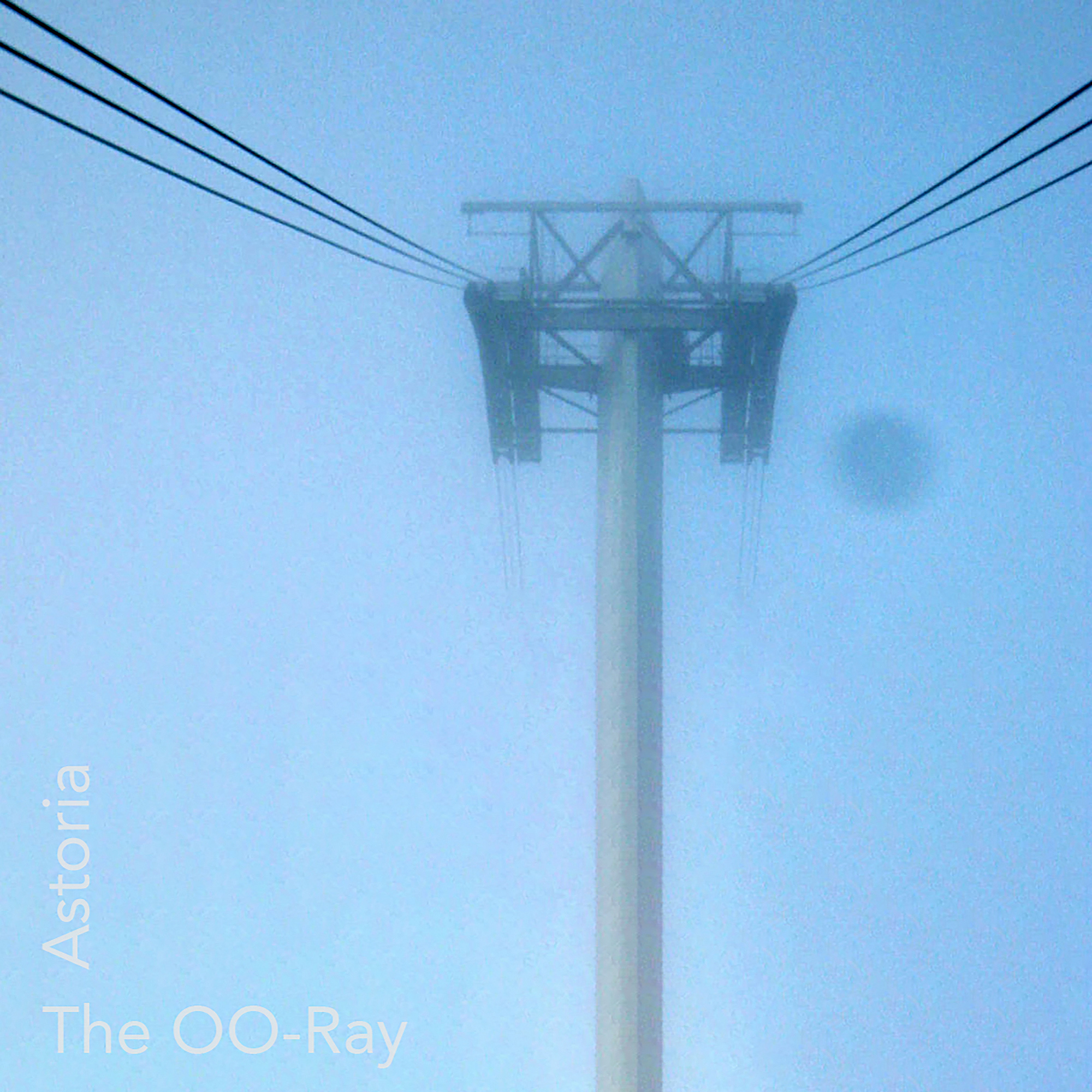
Astoria
The cello plays multiple roles in these tracks, from percussion to bass to contralto, layered together to form impossible ensembles through my use of looping, pitchshifting, and reverberation. Astoria is a confluence of lullabies, hymns, and chamber symphonies into a coherent and satisfying whole.
Tracklisting:
- Moments of Quiet Technicolor
- Andalucía
- Marzo
- Autumn
- Astoria
- The Orrery
- Sleep
- Waveguide
- Bubbaly
- Gwageus
- Chimes at Midnight
- Palimpsests
The OO-Ray
The OO-Ray is the alias of Ted Laderas, an improvisatory and experimental cellist from Portland, OR. A systems biologist by day, he extends his experimental attitude to exploring the outer possibilities of the cello, often distorting, looping, or pitchshifting his instrument beyond recognizability into waves of reverberation and extended drones. Inspired by the gauzy textures of My Bloody Valentine, he call his style “shoegazer cello” or “chamber drone”. His music explores the realms of electroacoustic, shoegazer, and ambient.
Utilizing the versatility of the cello and his electronics, he has long-standing collaborations with Marcus Fischer (12k), Le Berger, Stephen Vitiello (12k), and Robert Donne (Anjou, Labradford, Kranky), having collaborated on albums, short pieces, and soundtracks.
Reviews
HypnagogueIt’s possible that within the acoustic instrument kingdom, the cello is uniquely suited to ambient music. While it can be played with fiery fervor, its sad and throaty tone really comes alive when played with patience, long draws of the bow coaxing out beautifully mournful sighs that drill into a listener’s heart. These sighs translate perfectly to an ambient pad structure; layer them and add touches of electronic texture and you’ve got Astoria, the new release from The OO-Ray. Ted Laderas began the pieces here as improvisations on the cello, then went back and fleshed them out with looping, pitch-shifting and distortion. The pieces range from ambient drifts like the raspy “Autumn” and the softer-edged drones of “Gwageus” to neo-classical infusions like “Palimpsest.” Throughout, the pieces are thoughtful and emotionally dense. The somber tones of “Andalusia” contrast with the somewhat familiar gypsy-dance melody that Laderas slowly metes out.”Waveguide” puts me in immediate mind of Gorecki with its heart-wrenching cello line and minimalist approach. Laderas accents this lazy drift with resonating, hard-struck chords. “Marzo” stands out for its comparatively upbeat tone, Laderas flicking his strings in a pizzicato percussion. A clockwork beat rounds out the sound. The draw here, as with most electro- acoustic ambient, is how well the too-human organics mesh with the electronics, the rough against the smooth. Laderas pulls it all off nicely, creating sound-sketches of feelings that we want to look deeply into, and which we understand at a gut level.
Textura
It takes no time at all for the listener to be drawn into Astoria’s world when the cello’s deep groan appears seconds into “Moments of Quiet Technicolor,” a dirge-like drone whose strings are propelled by the death knell of a recurring pluck. In “Marzo,” Laderas builds up so many cello layers the instrument becomes a string orchestra, resulting in a field of texture and melody that’s so rich and dense the effect is mesmerizing, while he elsewhere conjures a shimmering fairy-tale world (“Gwageus”) and creates settings equally majestic and mournful (“Andalucía”). Deep symphonic tones, more suggestive of organ and horns than cello, give “Sleep” a Wagnerian majesty.
There is much to admire about this recording: first and foremost, the range of sound Laderas draws from the cello, with its upper and lower registers and percussive potential amply exploited, and with pizzicatto playing heard alongside the bowing (strikingly heard in “Bubbaly,” for example); and, secondly, the circumspection shown in having the twelve settings last only three- to four-minutes on average. Each piece appears just long enough to establish its own sound-world but then, having done so, exits. It’s truly remarkable to hear as luscious a set-piece as “Chimes at Midnight” be brought to life in just three minutes.